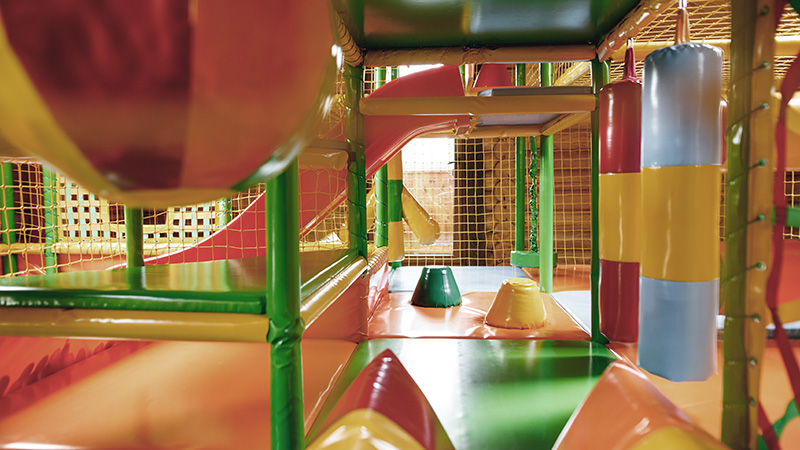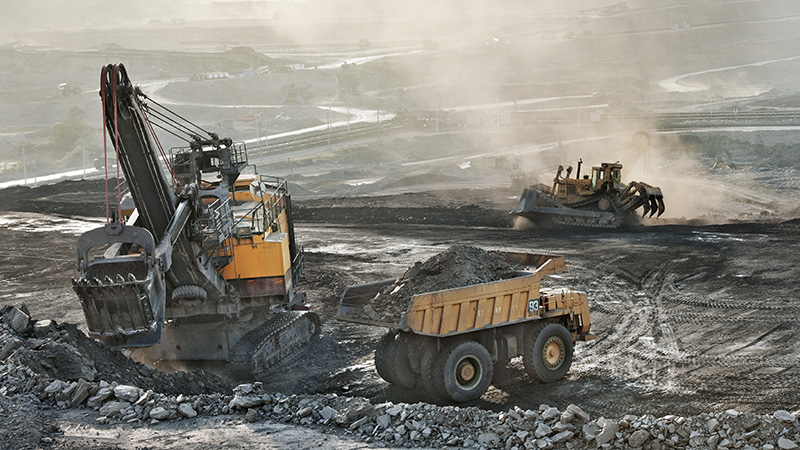The plight of the construction industry has been a recurring theme in the media recently, as more and more construction companies have run into financial difficulties. This is due to the impact of inflation on material costs, a sharp rise in interest rates, and general economic uncertainty that has led to a lack of buyers for the completed building stock. With no users for the buildings, construction projects have been put on hold.
A construction boom is just around the corner




Pauliina Tenhunen, Jerker Pitkänen & Elina Pesonen
Related services
In the long run, market and economic troughs are part of the normal fluctuation. The previous crises in the Finnish building sector occurred during the national recession in the 1990s and the financial crisis in the 2000s. In terms of the number of bankruptcies, the current situation is comparable to the latter. During our firm’s long history we have seen many downturns, even recessions, and handled some of Finland’s largest bankruptcies, successful voluntary debt arrangements and restructuring proceedings. That’s why we can confidently say that every downturn is followed by an upturn.
Financial difficulties are better tackled if the situation is assessed early, when there are still options for recovery. In order to reorganise a viable business and rearrange its debts, restructuring proceedings are not always needed. Debts can be voluntarily arranged by agreement with the creditor groups, and business activities can be reorganised, through mergers or divestments, for example. In formal insolvency proceedings, debts are rearranged and unprofitable activities are disposed of. Even bankruptcy is not always the end: the bankruptcy estate can sell the profitable businesses and thereby give the business a fresh start.
Construction booms and peaks in demand usually follow a familiar pattern. The RAKSU Construction Trends Group expects construction to decline by another 3–4% this year, but construction output is forecast to recover, especially in residential construction, as early as next year if demographic developments and the recovery in purchasing power proceed as anticipated.
If interest rates fall as expected and construction costs stop rising, we are likely to see a new construction boom in a couple of years. After two years of slow residential construction, it is likely that there will be a spike in demand for housing and that competition for dwellings will increase significantly. Better times are ahead for the construction sector. To get there, companies need to be wise in their financial management and tackle problems head-on.







